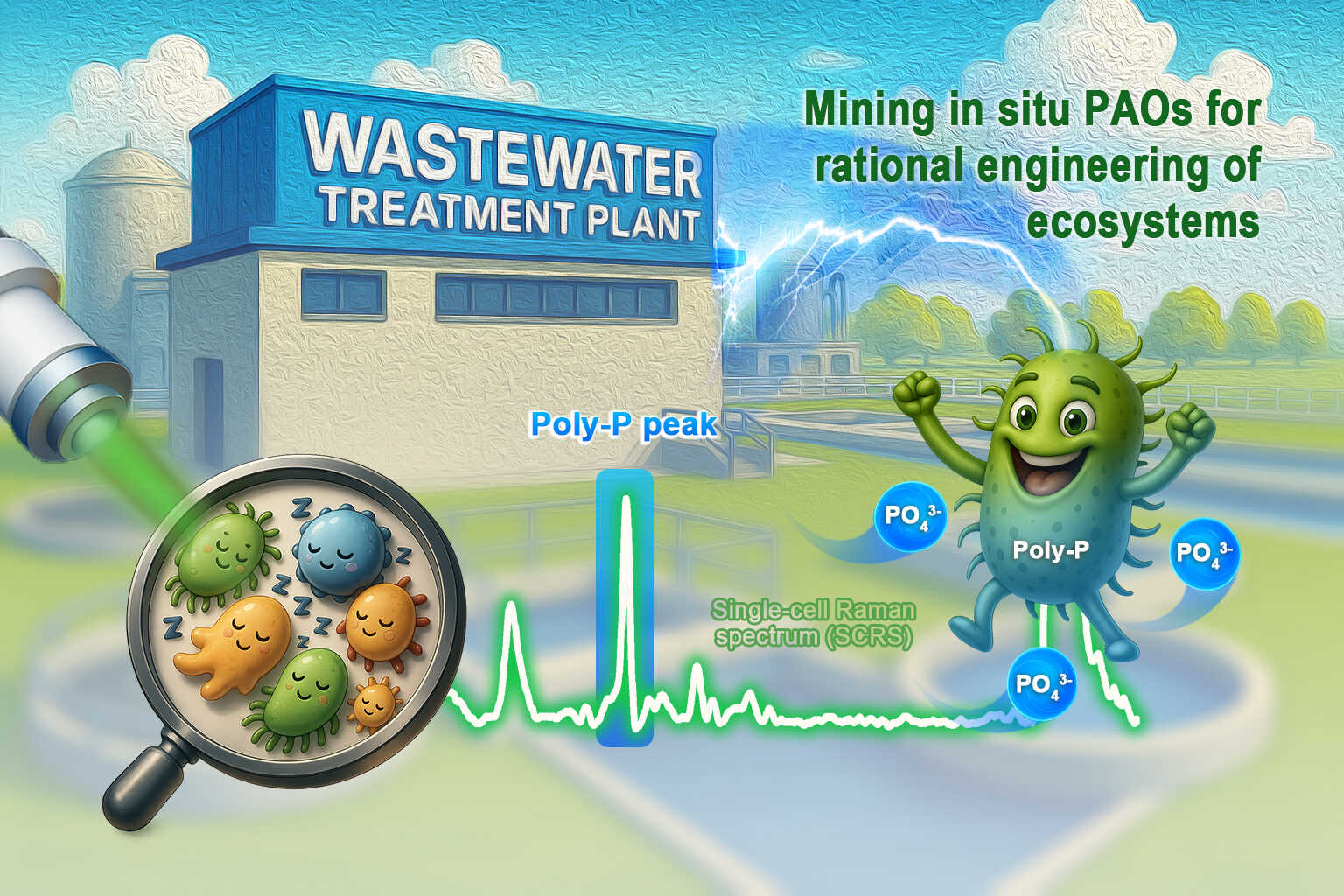2025-07-08 東京大学

フロリゲンは茎頂分裂組織において原形質連絡を介して細胞間移動し、適切な時期に花を咲かせる
<関連情報>
- https://www.c.u-tokyo.ac.jp/info/news/topics/20250708040000.html
- https://www.pnas.org/doi/10.1073/pnas.2507987122
シロイヌナズナにおけるアブシジン酸シグナルを介したフロリゲンの細胞間移動は低温によって抑制される Cell-to-cell translocation of florigen is inhibited by low ambient temperature through abscisic acid signaling in Arabidopsis thaliana
Yusuke Murata, Kenji Nagata, and Mitsutomo Abe
Proceedings of the National Academy of Sciences Published:July 7, 2025
DOI:https://doi.org/10.1073/pnas.2507987122
Significance
Florigen, the systemic floral stimulus, plays a pivotal role in regulating flowering time in response to environmental cues. In Arabidopsis thaliana, the FLOWERING LOCUS T (FT) protein is expressed in the phloem companion cells of leaves; however, the mechanisms regulating its transport from the leaves to the shoot apical meristem (SAM), where it functions as a florigen, remain elusive. Here, we show that cell-to-cell translocation of FT in the SAM is impaired at low ambient temperature via abscisic acid (ABA) signaling. ABA signals induce CALLOSE SYNTHASE genes, leading to an accumulation of callose that reduces the permeability of plasmodesmata, thereby restricting the symplastic translocation of FT. Our results provide insights into the complex molecular mechanisms that regulate florigen activity.
Abstract
In Arabidopsis thaliana, the FLOWERING LOCUS T (FT) gene encodes florigen, a floral stimulus that integrates multiple environmental cues to optimize the timing of flowering, which is crucial for reproductive success. The FT protein is synthesized in the phloem companion cells of leaves but exerts its function in the shoot apical meristem (SAM) to initiate floral morphogenesis. While the environment-dependent regulation of FT transcription in leaves is well studied, the mechanisms underlying FT transport, particularly its cell-to-cell translocation within the SAM, remain poorly understood. In this study, we employed an in vivo bimolecular fluorescence complementation assay to elucidate the molecular mechanisms regulating FT intercellular translocation in the SAM. We demonstrate that low ambient temperature inhibits the cell-to-cell movement of FT in the SAM through abscisic acid signaling pathways, resulting in flowering delay. We further show that the permeability of plasmodesmata (PD) is involved in FT transport; in particular, CALLOSE SYNTHASE (CalS)1 and CalS7 are induced at low temperature, leading to reduced permeability of PD and inhibition of symplastic FT translocation in the SAM. Collectively, our findings provide insights into the molecular mechanisms that regulate the intercellular translocation of FT in the SAM in response to environmental conditions and lead to a framework for the understanding of flowering.



